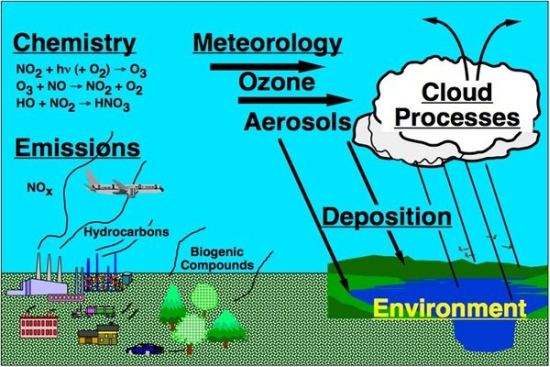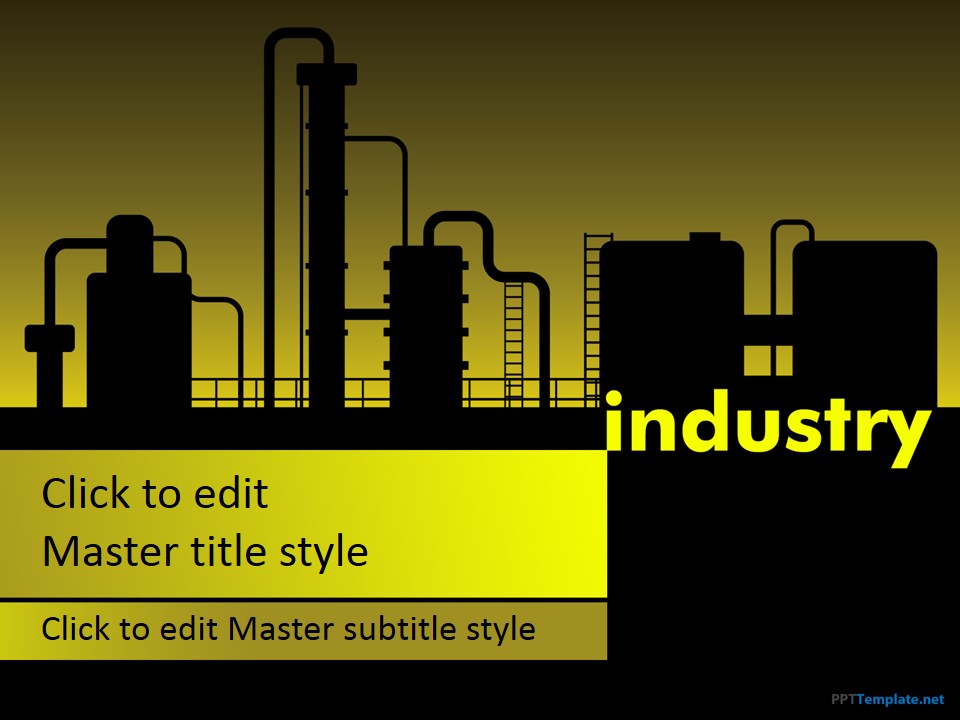

Issues of operational flexibility, safety, and process scheduling must be considered at this stage simulation tools greatly facilitate and improve the outcome of these tasks. With process development near completion at the pilot plant level, simulation tools are used to systematically design and optimize the manufacturing facility. The result is an accelerated and cost effective process development. Furthermore, since such tools pinpoint the most cost-sensitive areasthe economic "hot-spots"of a complex process, they can be used to judiciously focus further lab and pilot plant studies. Being able to experiment on the computer with alternative process setups and operating conditions reduces the costly and time-consuming laboratory and pilot plant effort. Simulation tools enable engineering teams tackling the above issues to function cooperatively with minimal duplication or loss of data. The goal at this stage is to improve upon the process characteristics that are often neglected yet difficult to modify in a later stage: reduce environmental impact, improve resource utilization, increase process flexibility. At the early stages, when product and process ideas are conceived, process simulation is used for project screening/selection and strategic planning.

Figure 1 shows a pictorial representation of the objectives and benefits from the use of simulation tools at the various stages of the commercialization process. For high-priced chemicals, engineers use simulation to improve process characteristics (environmental impact, safety, flexibility, operability) and accelerate commercialization (reduce the time-to-market). For commodity-like, low price chemicals, simulation typically aims at minimizing the manufacturing cost. The primary motivation for performing batch process simulation depends on the type of product, the stage of development, and the size of the investment. Given a product and a desired annual production rate (plant throughput) batch process simulation generally endeavors to answer the following questions: What are the required amounts of raw materials and utilities? What is the required size of process equipment and supporting utilities? What is the total capital investment? What is the manufacturing cost? How long does a single batch take? How many batches can we carry out in a year? During the course of a batch, what is the demand for various resources (e.g., raw materials, labor, utilities, etc.)? What is the total amount of resources consumed? Which process steps or resources constitute bottlenecks? What can we change to increase throughput? What is the environmental impact of the process (i.e., amount and type of waste materials)? Which design is the "best" among several plausible alternatives?īenefits of Batch Process Simulation (Back to Top) If these experiments were to be performed in the laboratory, they would require a significant investment of time and money. Once the computer model representation of a process is completed, engineers can conduct "experiments" to better understand the behavior of the real system under various equipment configurations and operating conditions. It enables process engineers and scientists to describe complex and integrated batch chemical processes in the form of computer models. Lagonikos, Schering-Plough Research Instituteīatch process simulation is a powerful analysis tool for professionals involved in the development, design, and operation of integrated batch chemical processes.


 0 kommentar(er)
0 kommentar(er)
